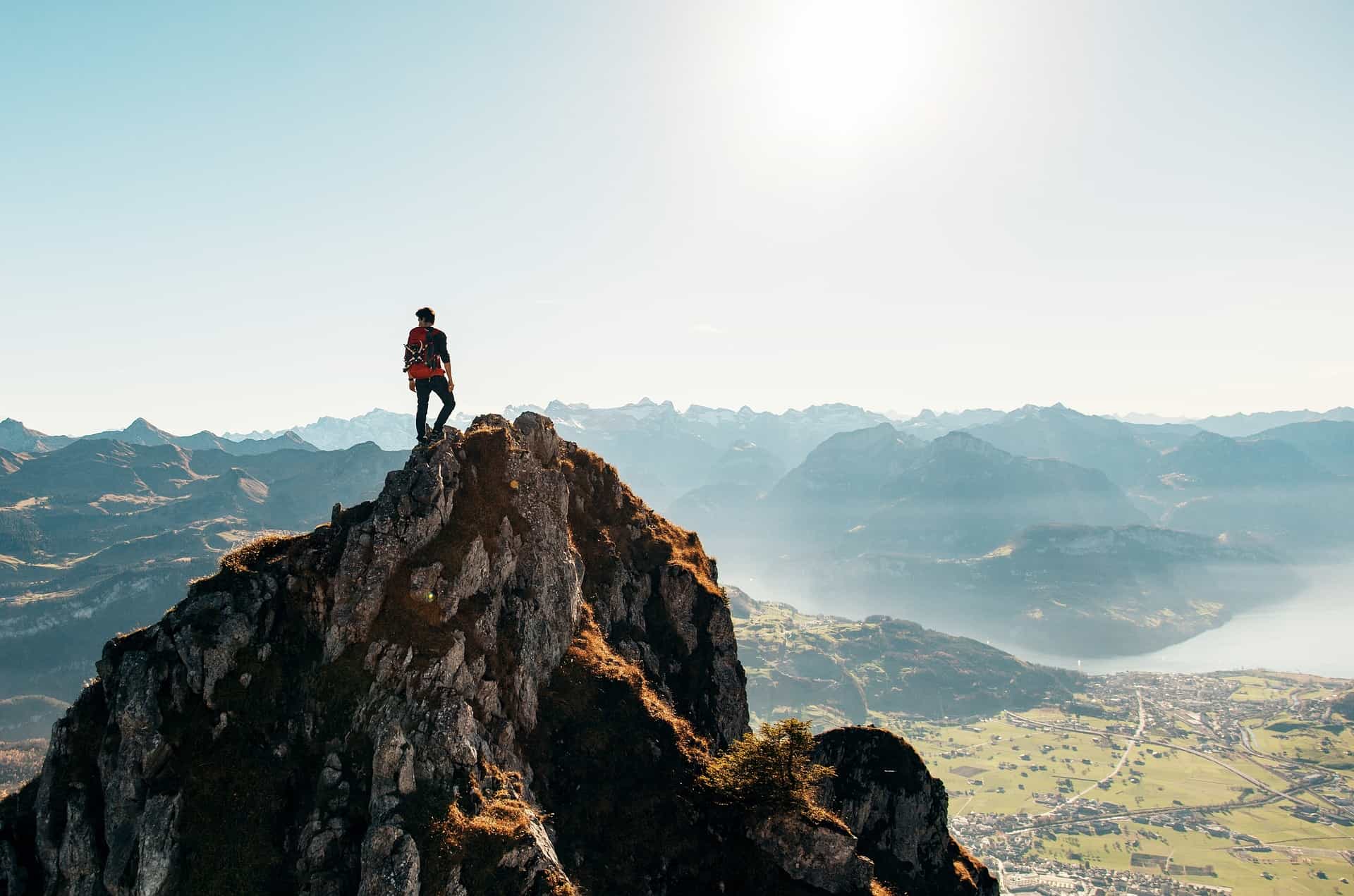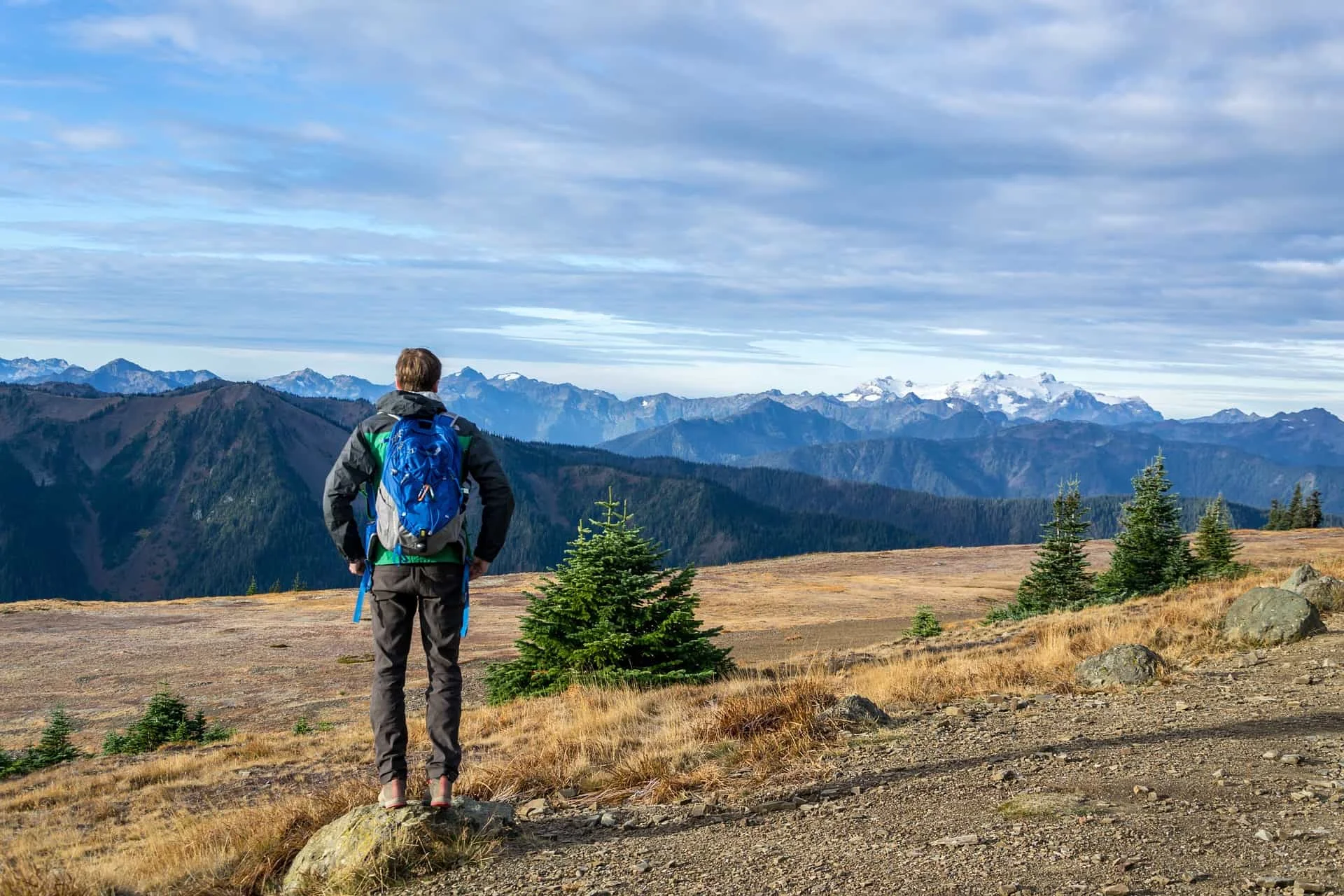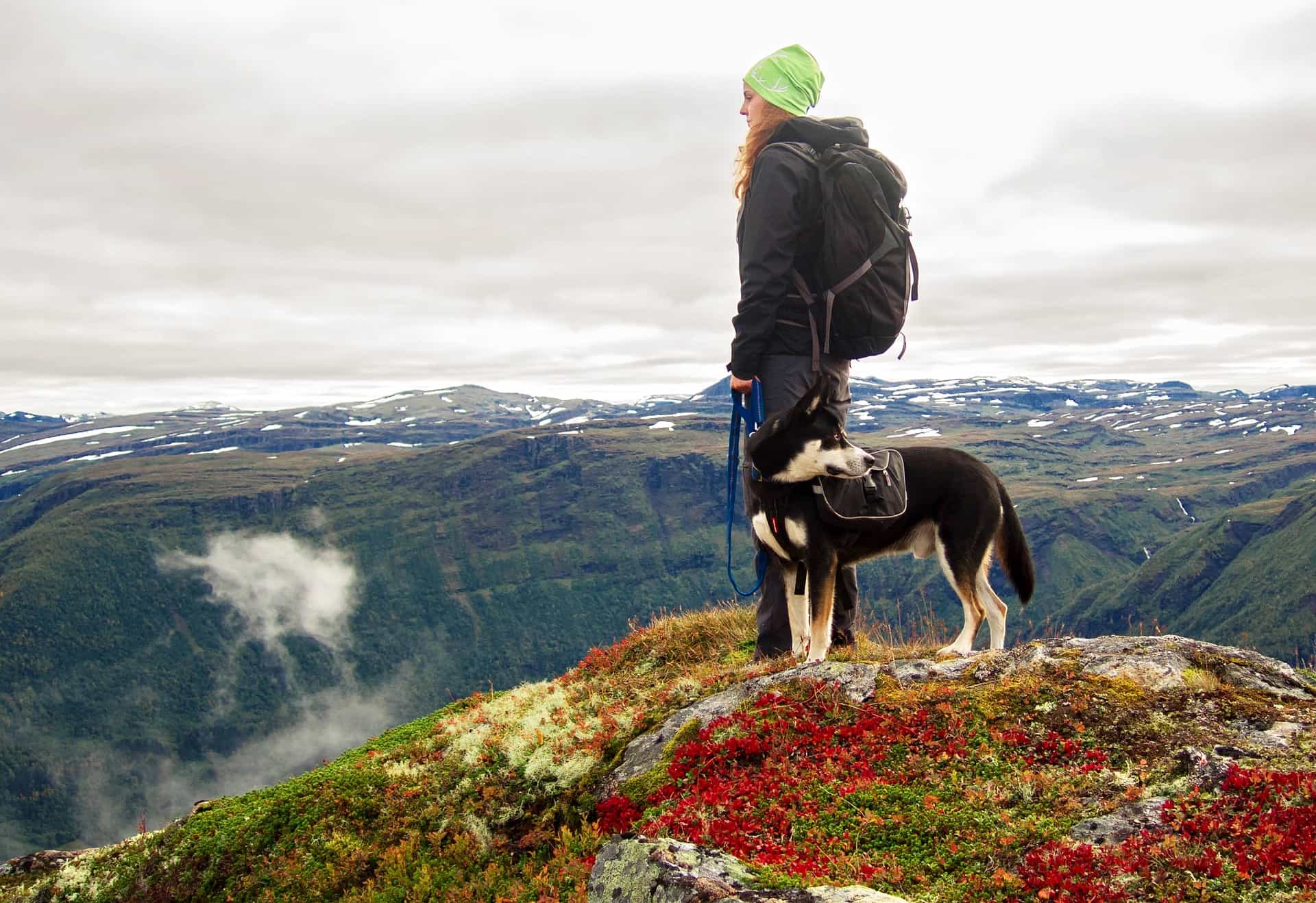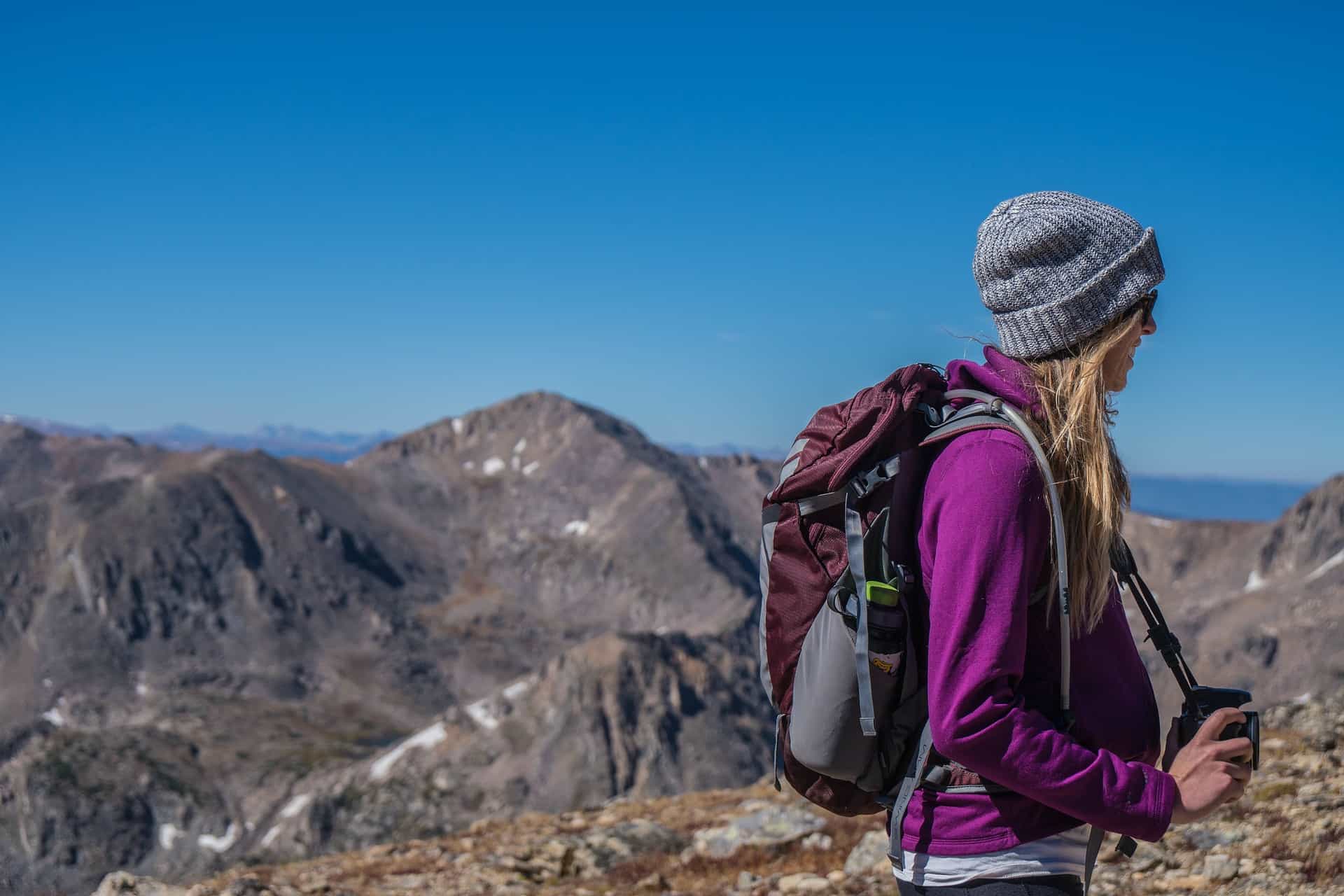Essential Hiking Gear For a Day in the Mountains
Essential Hiking Gear
Author's Note: Hi, I'm Dan, and I've got an insatiable taste for wanderlust. Not too long ago I was just another engineer in Minneapolis, Minnesota. However, the travel bug really bit me hard and I ended up selling my apartment, car, and buying a one-way ticket to Norway where I've just wrapped up three months of guiding hiking tours in the mountains, rock climbing, kayaking, and volunteering.
I recently moved from Norway and am now based in Cairngorms National Park in Scotland, for much of the same activities. My favorite hobbies are rock climbing, scuba diving, hiking, and trail running; as well as exploring new countries, cultures, and cities. Please enjoy the following article, it's the first I've written for exsplore.com, and it's an essential hiking gear checklist for a day in the mountains. Pretty much a day hiking gear list or essential hiking gear for beginners list. Hope you enjoy, have fun and be safe out there! -Dan Purdy
Essential Hiking Gear Checklist
So, you have a day off and have decided to spend it in the great outdoors? Excellent decision; I encourage you to go summit a mountain (no matter what that means to you), explore a canyon, or follow a river and see where it can take you. Keep in mind though, a hike in the rugged outdoors is not a stroll through your local neighborhood park.
A successful trip in the mountains requires at least a little bit of planning ahead. I want to take a few moments to review some clothing, equipment, and gear that I have found to be the most useful during my many times as a Tour Guide for mountain tours in Europe.
Have a successful trip using my 5 Top Essential Hiking Gear Checklist, starting with #1:
Fundamental Hiking Gear Checklist
1. Socks
Following a bottom-up approach, let's begin with your socks. While it may be warm as you begin your hike, always expect it not to last. Remember, the temperature will begin to slip very quickly at altitude, along with an increase in wind. These two elements combined make for chilly conditions if you're not prepared!
That's why we recommend proper socks as our #1 essential hiking gear. We recommend light merino wool socks for starters. Merino wool will help keep your feet nice and warm as the temperature decreases and offer moisture management to help combat blisters.
Storing a backup pair in your pack for extra layers or replacements for wet conditions is also recommended. As for length, go for a pair that comes part way up your calf, or at least to the top of your hiking boots for optimal comfort. This leads us to your next item to consider, boots.
Crucial Hiking Gear
2. Boots
Please, please, please - for all our sakes, do not go trekking towards a mountain with your favorite pair of tennis or athletic shoes! After spending the summer months guiding guests through the mountains of Nordland, Norway, I can tell you that you'll be in for a rough day. Boots are #2 on our list for essential hiking gear for an important reason. Investing in a good pair is well worth it.
To save yourself, and your feet, look for hiking boots that will hold up to the rigors of the mountain. Specifically, look for hiking boots that check off most, if not all, of the items below.
Comfort
Durability
Waterproofing
Grip
For an excellent boot that fits all these criteria and won't break the bank, take a look at our recommendations for the Columbia Newton Ridge and Keen Terradora boots.
If you're looking to up your game, and make a serious investment for your boots, SwitchBack Travel and Outdoor Gear Lab both agree that the Salomon Quest GTX is the prime hiking boot of the year. Lightweight, supportive, and fully waterproof, this boot will see you through thick and thin.
I personally use, and recommend, Salewa Alpine Flow GTX, however. These boots cover all the points mentioned above, and are also extremely light and stick to dry rock almost as well as my climbing shoes. This makes them ideal for rocky mountain trails where a little scrambling is a definite possibility!
Necessary Hiking Gear List
3. Pants
Next up on our list of essential hiking gear are your hiking pants. Finding the right pair of pants for your mountain hiking endeavors can be a tricky business. The key is to identify the features that are most important to you and your activities and find the brand that works for your needs.
A few key features to consider when looking for your hiking pants are:
Pockets – number, location, and size
Breathability
Wind Resistance
Water Resistance
Comfort/Stretch
To provide an example of the selection process, let me take you through my thought process when I try on a new pair.
My first thought is often to the comfort. I know I'll be spending a whole day, maybe several, in these pants through rugged and dirty conditions. Furthermore, as a rock climber, I prefer pants that use the stretchy material to allow for the greatest range of motion for those impromptu off-trail explorations.
Next, come the weather resistance and breathability. You'll find that these two characteristics are related to increased water and windproofing often lead to decreased breathability. For a rugged mountain hike, no breathability may be just as unhelpful as no waterproofing as it's easy to overheat and begin to sweat.
Therefore, I compromise by favoring pants with decent wind and water resistance that will suffice in most conditions but still offer breathability. I always pack a lightweight pair of completely waterproof pants, however. These can easily slip over standard hiking pants without removing boots, in case the weather turns sour.
Take time to consider your activities, the season, and your needs as you identify your personal pant preferences. Once you know what you need, begin your search and find the perfect pair for you! My favorite pair is my Columbia Men's Silver Ridge Convertible Pant.
Critical Hiking Gear
4. Layers of Clothing
As mentioned earlier, the temperature is likely to decrease as you continue your ascent. Therefore, our best advice for your trip is to have your layers ready! A proper layering system will wick moisture away from your skin, trap your body heat, and keep the cold wind and rain out.
Start out in a comfortable, breathable, athletic shirt as you begin the hard work in warm conditions. As the temperature begins to decrease, try adding a layer of wool. The wool will wick perspiration away from your body, while at the same time regulating your body temperature.
Next, comes your mid-layer. Look for a material that will trap your body heat, and keep you warm for the rest of your hike. Fleece is always a good choice here, and down can be used in more frigid conditions.
Lastly, you will need a suitable shell to close off your layering system to the elements. A waterproof jacket is typically your best bet to ensure you stay dry for your entire hike. Remember, these layers will oftentimes be packed away until they're needed, so make sure you have room in your pack!
Essential Gear for Hiking
5. Backpack
We saved the best for last. This brings us to the most essential hiking gear item: your backpack. You'll need space for food, water, clothing layers, and other items, which varies from person to person.
First and foremost, what size pack do you need? The standard guideline is that 20-35 liters will provide ample space for all the gear you'll use for a single day hike. Consider your personal circumstances, however. Are you bringing extra gear for rock climbing or rappelling during your hike? Or perhaps a hammock or bivy pad for a rest during the day? If so, consider looking at slightly higher capacity packs during your search!
When it comes to selecting the pack for your adventures. We return to the need for you to define your priorities. Do you like several pockets and internal compartmentalization, or an open space for all your gear? Do you think you'll need an included bivy pad? What about exterior straps and pockets for gear? Give these items serious thought, and you'll arrive at the type of bag that will suit your needs.
Once you've chosen your personal preferences, you can move on to hunting down the perfect pack that fits these criteria. A few of the most notable brands to begin your search are Osprey, REI, TETON Sports, and Arc'teryx, but there are countless options!
Tip: Most hiking backpacks have space and holes to add a hydration bladder and tube so you can retrieve water easily. But a lot of backpacks don't come with a hydration bladder, so you may need to buy it separately. If you want to buy the best hydration pack, we highly recommend getting a Camelbak, like the Camelbak M.U.L.E. They are hi-tech, high quality, and well engineered. I personally love my Camelbak and know that it's going to last me a lifetime. There's lots of colors, versions, and sizes to choose from on Amazon.
Bonus
Here's additional items to consider adding to your day-pack
That's it! We've now covered the clothing and gear essentials you will need for your day out on the mountain! Warm socks secured in rugged boots, hiking pants with the comfort and mobility to take you anywhere, a warm layering system to withstand the elements, rounded off by a pack stuffed with all the essentials for you to reach that summit!
Have fun and be safe, eh?
About the Author
Dan Purdy is a freelance writer and mountain guide currently residing in Scotland. He's got a Bachelor of Science degree in Aerospace Engineering and is an experienced world traveler, rock climber, and scuba diver. Dan loves to share his passion for adventure through his writing.












